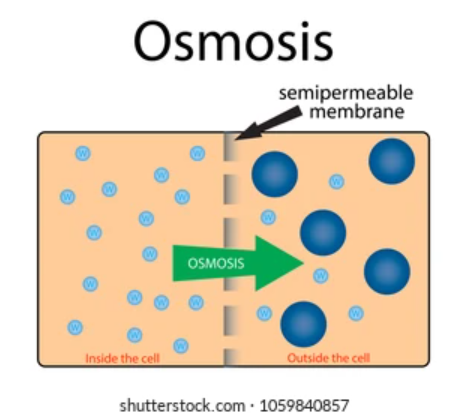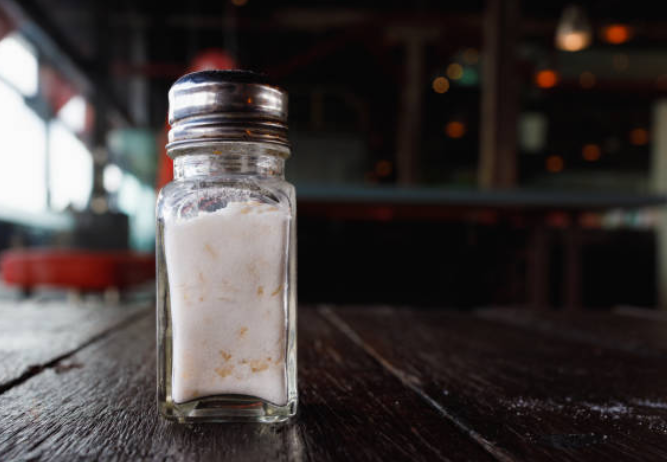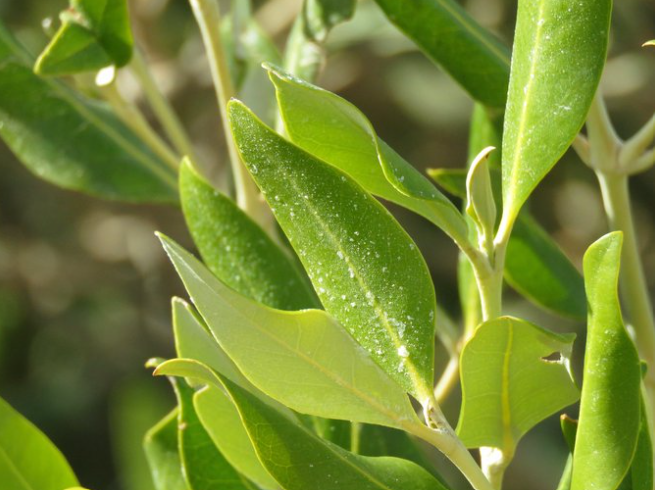Air so thick you could drink it: Mangroves do!
- Ezra Jay Kottler
- Jun 4, 2021
- 2 min read
"Water, water, every where, and not a drop to drink"
- The Rime of the Ancient Mariner, Samuel Taylor Coleridge
Coastal wetland plants know this dilemma all too well. Regularly flooded by salty tidal waters, these plants are in a constant battle with osmosis as they attempt to take in vital H2O through their roots, working against the natural flow of water from low to high solute concentration.

But according to a recent study in New Phytologist, mangroves appear to have a creative workaround for getting extra water! This adaptation uses a jargon-y, but relatively simple property of salt: deliquescence.
A compound that is deliquescent naturally wants to absorb water vapor and dissolve into an aqueous solution.
Have you ever noticed that some restaurants put grains of dried rice in their salt shakers? This is because of deliquescence!

The salt pull's moisture from the air. Without the rice to absorb some of that moisture, the salt would clump as it dissolves in the water vapor and would get stuck in the shaker.
But how does salt shaker clumping relate to mangrove evolution?
Mangroves exude salt from their leaves.

Previously, scientists didn't have a great explanation for why mangroves "season" their leaves, other than the desire to get the salt out of their system. But the authors of this study found that when it is humid out, mangroves alter the direction of sap flow, sipping the water from its leaves as it gets trapped by the salt. You can think of the salt on the leaves as a straw sucking water vapor from the air.
Some food for thought the next time you're stuck on the subway on a muggy summer's day. If only we could be like the mangrove! :P








Comments